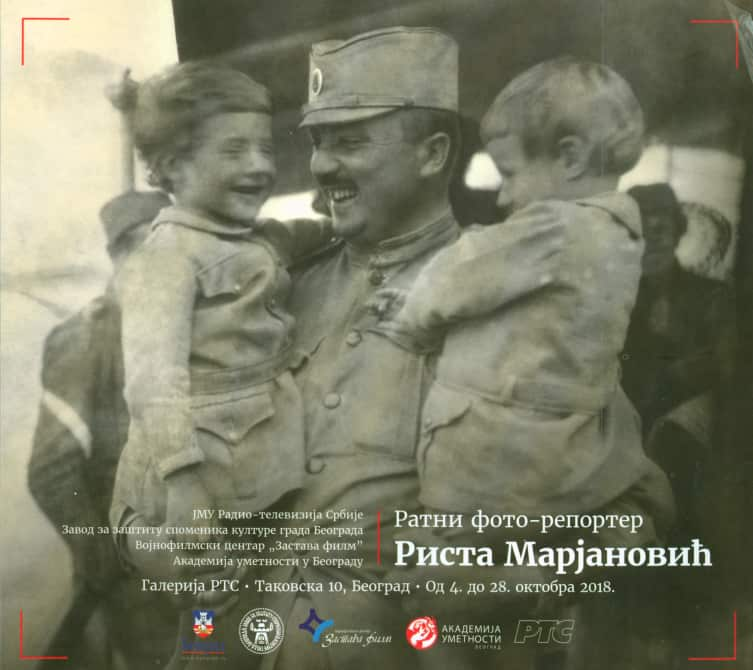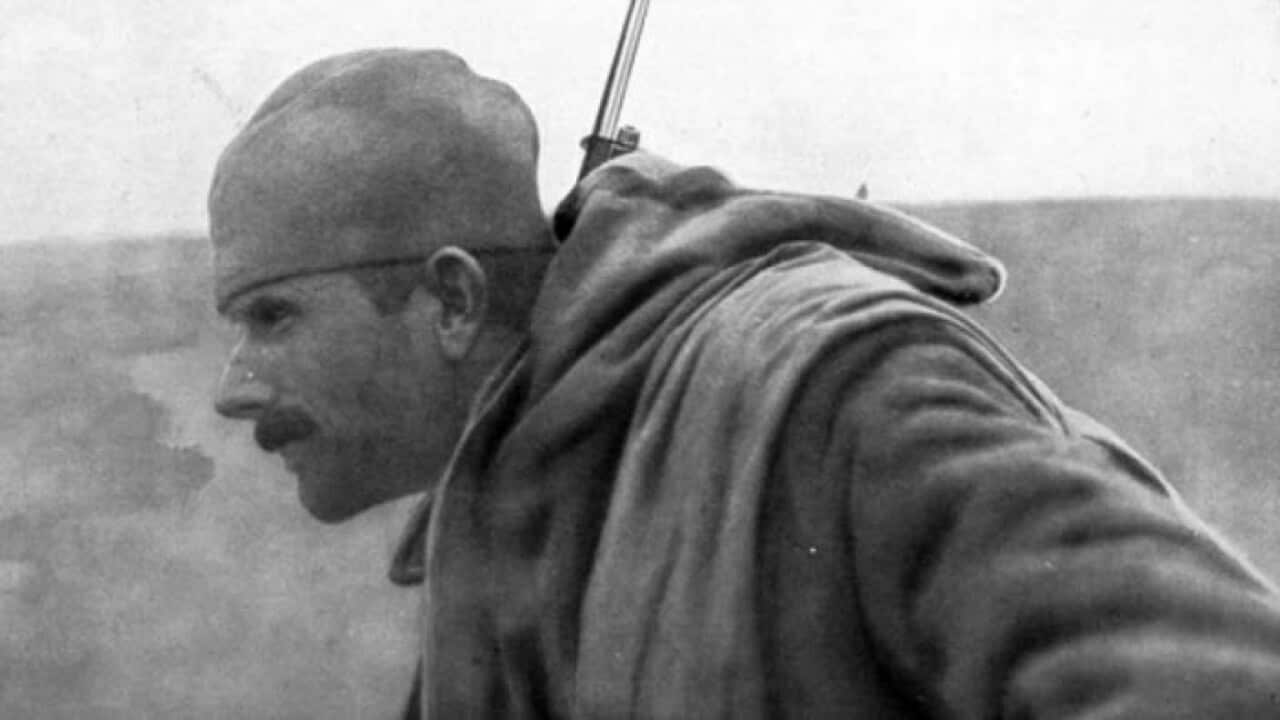Marjanović lived in Vienna, Berlin and Paris for some time. While living in Paris, he became the editor of the European Edition of the New York Herald. His photos were also published in other newspapers and journals.
Having returned to Serbia in 1912, Rista Marjanović photographed events in the course of the First Balkan War, from the mobilization to the liberation of some cities. After the outbreak of World War I, Marjanović returned to Serbia upon invitation of the Serbian government to assume the position of the official photographer of the General Headquarters of the Serbian army. Abundant photographic materials have been preserved from this period because Marjanović recorded with his camera all of the key events from the beginning of the war – the departure to the war, the retreat of the Serbian army through Albania and its stay at Corfu. During the war, Marjanović exhibited his photos in Paris and England. After the war, he returned to Belgrade, where he worked at the Central Press Office and the Avala Press Agency.

The Nazi occupation of 1941 found Marjanović in Belgrade. As an experienced press-photographer, he continued to practice photography as an underground activity during that period. A rich collection of preserved photos testifies to his relentless work and efforts to record historical events. Rista Marjanović left a testimonial of Belgrade's devastation in 1941, the disastrous bombing of 1944 and the atmosphere of terror and hasty evacuation from the city. Along with the photos of the Yugoslav People's Liberation Army, there are photographs of the tanks of the Russian Red Army made before combat or immediately after the liberation of various city quarters. After the liberation of Belgrade, Rista Marjanović continued to photograph events related to the rebuilding of the city and the constitution of a new authorities.








